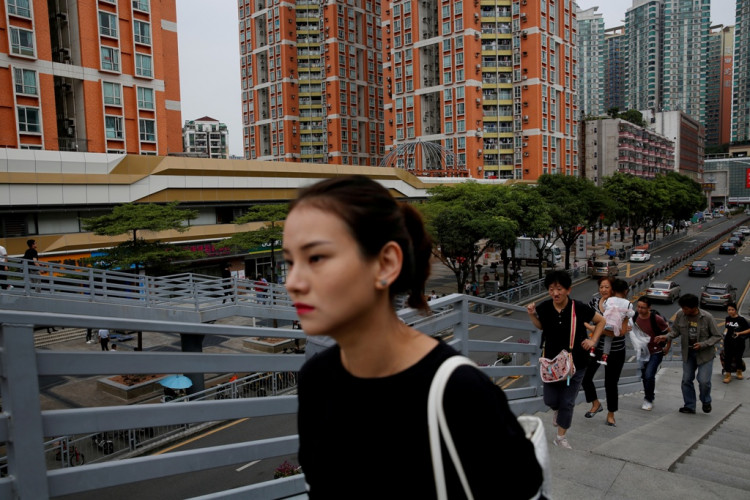China registered the lowest birthrate in 2019 with mothers giving birth to a merely 14.65 million children. That only translates to a birthrate of 10.48 babies per 1,000 people, which is the lowest since 1949.
One of the world's largest economies has 250 million people who are more than 60 years old last year. According to China's National Bureau of Statistics, the elderly now make up 18% of the population. The number of Chinese elderly is expected to balloon further to 480 million by 2050 as more couples say they are no longer keen about having a second child. They say childbirth and raising a kid is too expensive.
The behavior now threatens China's economy as there are are more aging population than the working-age population. If more elderly continue to retire and the working population continues to diminish, then economic growth will slow down to a point of stagnation.
Experts said the problem is rooted in China's "one-child policy" which the Asian powerhouse strictly enforced before. Now, it is apparent that the policy had consequences on age demographics and sex ratio. For years, as well, couples desired to have baby boys due to traditional cultural values.
On Sunday, China announced that its per capita gross domestic product surpassed $10,000 for the first time in 2019. During the announcement, officials said the country's 1.4 billion people continue to be significant in boosting global economy.
Specifically, China's GDP grew 6.1% or $10,276 year-on-year, reaching 99.09 trillion yuan or $14.4 trillion. By estimate, the Asian powerhouse has contributed to as much as 30% to the overall global economic growth in 2019.
The data also showed that the working class would continue to increase their buying power, making the country still the most attractive for multinationals and high-quality talents.
That only goes to show that the wide gap between the working class and the aging population has yet to put a dent on the country's economy. But that doesn't mean that the local government should be complacent. It has to act fast and close the gap between the elderly and the working generation.
The government seemed to have acted on the problem as far back as 2013 when it relaxed the one-child policy. That year, couples are allowed to have two children if any of the parents was an only child.
Meanwhile, the declining birthrate is not isolated in China. Japanese are no longer keen to have more babies in 2019 compared to previous years. That year only 864,000 babies were born, the lowest since 1899.
South Korea also registered low birthrate at one baby per woman in the population. The ideal birthrate should be 2 per woman.






